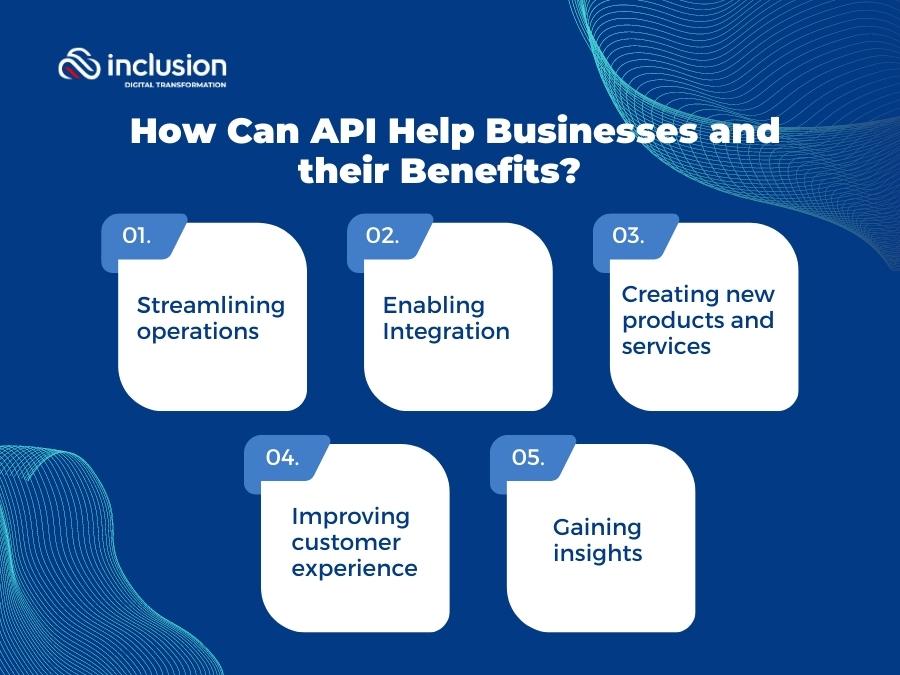What are Open Source APIs?
Open-source APIs, or Application Programming Interfaces, are essentially sets of rules and specifications that allow different software systems to communicate and exchange data. The key difference with open-source APIs is that their source code is publicly available. This means anyone can access, modify, and distribute the API, fostering collaboration, innovation, and a vibrant community around the technology. This transparency often leads to quicker bug fixes, enhanced features, and broader adoption compared to proprietary APIs.
Why Choose Open Source APIs?
The benefits of using open-source APIs are numerous. Cost savings are a big one—since the source code is freely available, you avoid licensing fees. The community aspect is another major plus; you have access to a large pool of developers who can help with troubleshooting, provide support, and contribute to improvements. The ability to customize the API to your specific needs is also a powerful advantage. You’re not locked into a vendor’s predefined functionality; you can tailor it to fit your application perfectly. Finally, the enhanced security that comes with community scrutiny is a significant benefit.

Finding the Right Open Source API
Finding the perfect open-source API for your project requires careful consideration. Start by clearly defining your needs and functionalities. What data do you need to access? What actions do you want to perform? Once you know your requirements, you can search on platforms like GitHub, GitLab, and API directories. Read documentation thoroughly, look at the API’s usage statistics, and assess the activity level of its community. A well-maintained and actively developed API is crucial for long-term stability and support.
Understanding API Documentation
API documentation is your lifeline. It explains how to use the API, including the available endpoints, request methods (GET, POST, PUT, DELETE), required parameters, and the data formats (like JSON or XML) used for communication. Pay close attention to authentication methods—how you verify your access to the API. Most documentation will include examples in various programming languages, making integration much easier. Don’t hesitate to browse through the community forums or issue trackers for further assistance or insights.
Integrating Open Source APIs with Your Application
Integrating an open-source API into your application usually involves several steps. First, you’ll need to choose a suitable programming language and framework. Then, you’ll use libraries or SDKs (Software Development Kits) specifically designed to interact with the API. These libraries simplify the process by handling low-level details like making HTTP requests and parsing responses. You’ll then write the code to make requests to the API’s endpoints, passing the necessary parameters and processing the returned data. Remember to handle potential errors gracefully and implement appropriate security measures.
Common Open Source API Categories and Examples
Open-source APIs are available for a wide range of functionalities. Popular categories include data APIs (providing access to various datasets), payment APIs (facilitating online transactions), mapping APIs (for location-based services), and social media APIs (allowing interaction with social platforms). Examples of well-known open-source APIs include OpenStreetMap (for map data), several open-source payment gateways, and many APIs for interacting with various databases. Each API will have its own specific capabilities and requirements.
Security Considerations When Using Open Source APIs
While open-source APIs offer many advantages, security is paramount. Always review the API’s security practices and ensure it adheres to industry best practices. Check for regular updates and patches to address vulnerabilities. Implement proper authentication and authorization mechanisms to protect your application and user data. Consider using secure communication protocols like HTTPS to encrypt data transmitted between your application and the API. Regular security audits can help identify and mitigate potential risks.
Contributing to the Open Source Community
Being part of the open-source community is rewarding. If you encounter issues or have improvements to suggest, don’t hesitate to report them or contribute directly to the API’s codebase. This collaborative approach ensures the API remains robust, secure, and continually improves over time. By actively participating, you’re giving back to the community and benefiting from the collective knowledge and expertise of other developers.
Staying Updated with Open Source APIs
The open-source landscape is dynamic. New APIs emerge, and existing ones are constantly updated. Keep an eye on relevant blogs, forums, and newsletters to stay informed about new releases, security updates, and community discussions. Subscribing to the API’s mailing list or following its social media presence can help you stay updated on the latest developments and best practices. Visit here for information about open source API integration tools.

